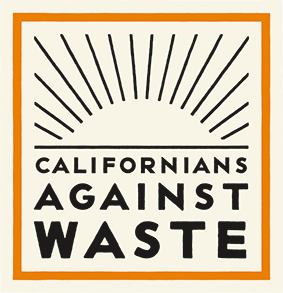Background on E-Waste
Electronic waste (e-waste) consists of obsolete or broken electronics and electrical appliances. According to the California Department of Toxic Substances Control (DTSC), most e-waste contains hazardous substances and 'exhibits the characteristics of toxicity' when disposed.
E-waste contains a variety of toxic substances, which may include lead, mercury and cadmium. When e-waste is disposed into landfills, these toxins can be released into the atmosphere or seep in through the land and have negative health and environmental effects. As a result, the DTSC has effectively banned the disposal of electronics in the solid waste stream. Despite this disposal ban, California may be continuing to dispose of as much as 500,000 tons of e-waste annually.
While California is among the first states to publicly acknowledge a disposal ban on hazardous electronic products, the U.S. Environmental Protection Agency (U.S. EPA) has for years required states to regulate the handling of and prohibit the disposal of the toxic materials contained in most electronic devices.
E-waste is recyclable and when properly managed can be a source of valuable precious metals, such as copper, gold and zinc.
According to the U.S. EPA, about 70% of the toxic heavy metals found in landfills come from electronic waste. California's disposal ban is an obvious first step, but manufacturers and the state need to begin working together immediately to provide consumers and businesses with information and increased opportunities for recycling, while working on a phase out in the use of toxic materials in consumer electronics wherever possible.
More information:
- Read about California's existing E-waste Laws.
- Press Release: Potentially Toxic Household Items No Longer Allowed in Trash Bins of California Homes or Businesses, California Environmental Protection Agency, February 9, 2006 (76kb pdf)
- U.S. Environmental Protection Agency Hazardous Waste information
